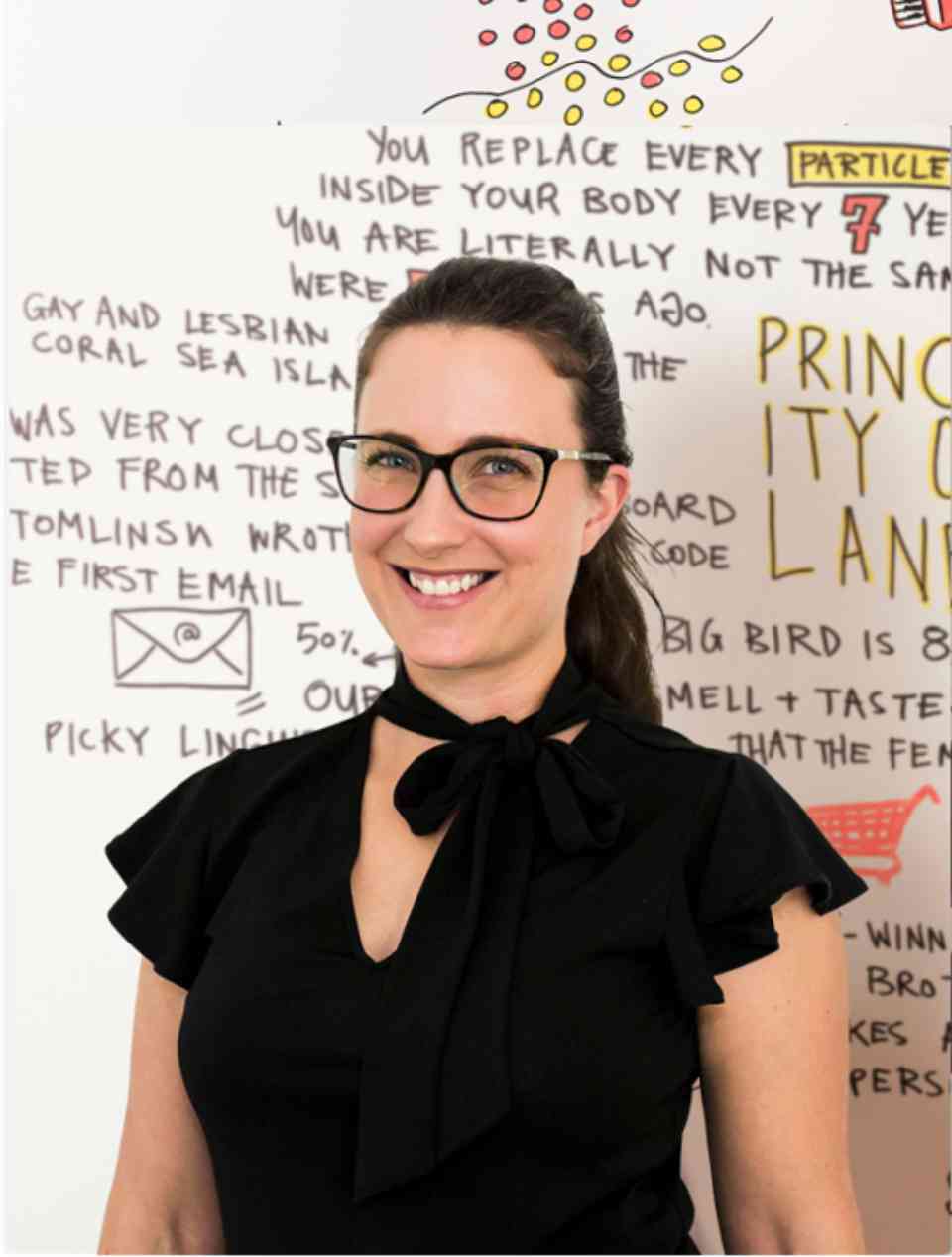5 Productivity Experiments to Try if You’re Wired Differently

Do you have a suspicion that you might be wired differently from what might be considered “typical”? I’ve delivered workshops on behavioral science and productivity to thousands of knowledge workers. In most of these sessions, participants who identify as neurodivergent come out of the woodwork.
Sometimes they’re confident to share their diagnosis and how the tools we’re discussing could work for them. More often, though, people approach me afterward saying something like, “I think I might have ADHD because of x,y,x things. What strategies can I try to <insert thing they’re struggling with>.”
There isn’t a great deal of research specific to productivity for each type of neurodivergence. BUT there are many:
- Online communities (I love “Tell me you’re neurodivergent without telling me you’re neurodivergent“ on Facebook)
- Podcasts (Neurodivergent Moments podcast)
- Books (Divergent Mind: Thriving in a World that Wasn’t Designed for You and Wired Differently)
- Friend recommendations and anecdotal evidence
We can draw on these to run experiments on ourselves when our roles that aren’t perfectly aligned to how our brains are wired. Not all of these tools will work for you, but as you are the CEO of yourself, you’re best place to decide which do! Here are a few to start with:
Experiment 1: Feeling overstimulated or anxious
Fractals: Look at fractal objects (succulents, gemstones) or images for a few minutes. These similar repeating patterns activate areas of the brain responsible for regulating stress. Looking at fractals can reduce stress levels by 60%. I have rotating fractal desktop images set up on my Mac.
Ice: Icing your vagus nerve can slow your heart rate and signal your body to relax. Achieve this by dunking your face into a bowl of iced water, taking a cold swim, or my personal favorite – keeping a gel icepack in the freezer and popping it around the back of your neck when you feel the buzz of anxiety coming on.
Experiment 2: Difficulty getting into flow
Start by paying attention to the conditions that naturally facilitate your flow state. These can be specific environments, activities, or mental states that consistently help you enter a state of flow. E.g., you might find that listening to certain types of music, working in a particular setting, or engaging in a specific pre-work routine triggers your flow state.
One trigger might be listening to a beta waves binaural beats playlist. These tracks encourage the brain to produce beta waves that are associated with alertness, focused concentration, and active thinking. Tip: use earphones, as the tracks are designed to input different hz sounds into each ear.
Experiment 3: Hyperfocus and taking breaks
A common complaint from people who have difficulty getting into flow is that once they get there, it’s hard to stop and can be followed by a spectacular energy crash. If you often lose track of time and don’t take the regular breaks, you could try:
An accountability buddy. Ask someone to check in with you at times when you are prone to hyperfocus. It could be a family member, friend, or colleague who you commit to walking with after a 90-minute focus sprint.
Starting on a downhill slope. Taking inspiration from psychologist Adam Grant, try stopping a task before it’s finished. E.g., leave a paragraph half-written, a line of code incomplete, or a job almost done – then have a break. When you restart, you can seamlessly pick up where you left off. It’s a technique that leverages the Zeigarnik Effect.
Experiment 4: Reading large bodies of text faster
Anecdotally, people with ADHD and/or Dyslexia have praised bionic reading. It works by strategically bolding parts of words to make the text easier to process.
I rate the Jiffy Reader Chrome Extension and love using this when I’m researching.
Experiment 5: Strong sensitivity to constructive feedback or criticism
Rejection sensitive dysphoria is a condition causing excruciating emotional pain from rejection or criticism. If you relate to this, the aim is to develop new ways of thinking and behaving to lessen the feelings of rejection and the intense reactions that follow. Here’s one daily habit to try:
Do a “happy and a crappy.” Each day, name a few good (happy) and not-so-good (crappy) things that transpired. This practice will teach you to de-emphasize negative thoughts and shift your attention to what’s working.
Pick a strategy that resonates with a challenge you’re experiencing, try it for two weeks, and see how you go. Keep what works, drop what doesn’t and keep experimenting with other techniques.
Written by Evelina Bereni.
Have you read?
The highest-paid tech CEOs in the United States.
Highest-Paid Biopharmaceutical CEOs in the United States.
Executive Pay: Top 8 Highest-Paid Hotel CEOs.
Openly LGBTQ CEOs at the helm of major global companies.
Top countries that admire their CEOs and other C-suite leadership teams the most.
Add CEOWORLD magazine to your Google News feed.
Follow CEOWORLD magazine headlines on: Google News, LinkedIn, Twitter, and Facebook.
This report/news/ranking/statistics has been prepared only for general guidance on matters of interest and does not constitute professional advice. You should not act upon the information contained in this publication without obtaining specific professional advice. No representation or warranty (express or implied) is given as to the accuracy or completeness of the information contained in this publication, and, to the extent permitted by law, CEOWORLD magazine does not accept or assume any liability, responsibility or duty of care for any consequences of you or anyone else acting, or refraining to act, in reliance on the information contained in this publication or for any decision based on it.
Copyright 2024 The CEOWORLD magazine. All rights reserved. This material (and any extract from it) must not be copied, redistributed or placed on any website, without CEOWORLD magazine' prior written consent. For media queries, please contact: info@ceoworld.biz
SUBSCRIBE NEWSLETTER








